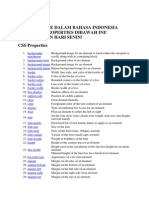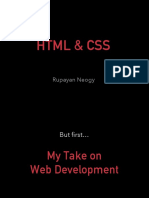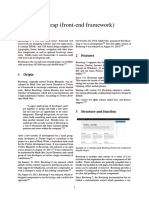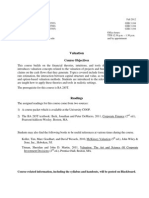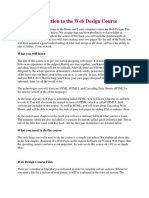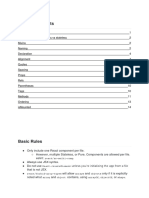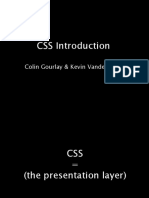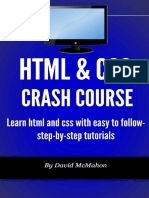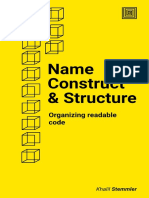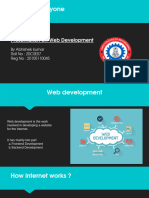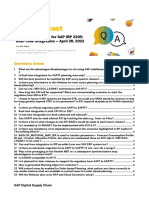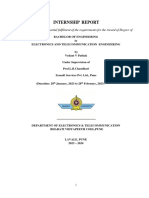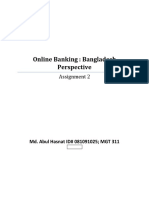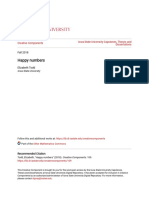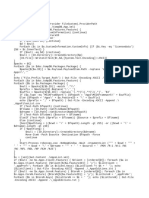0% found this document useful (0 votes)
244 views123 pagesHTML and CSS Presentation
The document provides an overview of HTML and CSS including key elements, tags, and concepts. It covers the basics of HTML markup, elements like headings, paragraphs, lists and links. It also covers CSS syntax, selectors, common properties and units. Layout fundamentals and techniques like the box model are explained. Examples and exercises are included to demonstrate concepts.
Uploaded by
TAIWOCopyright
© © All Rights Reserved
We take content rights seriously. If you suspect this is your content, claim it here.
Available Formats
Download as PPTX, PDF, TXT or read online on Scribd
0% found this document useful (0 votes)
244 views123 pagesHTML and CSS Presentation
The document provides an overview of HTML and CSS including key elements, tags, and concepts. It covers the basics of HTML markup, elements like headings, paragraphs, lists and links. It also covers CSS syntax, selectors, common properties and units. Layout fundamentals and techniques like the box model are explained. Examples and exercises are included to demonstrate concepts.
Uploaded by
TAIWOCopyright
© © All Rights Reserved
We take content rights seriously. If you suspect this is your content, claim it here.
Available Formats
Download as PPTX, PDF, TXT or read online on Scribd
/ 123


